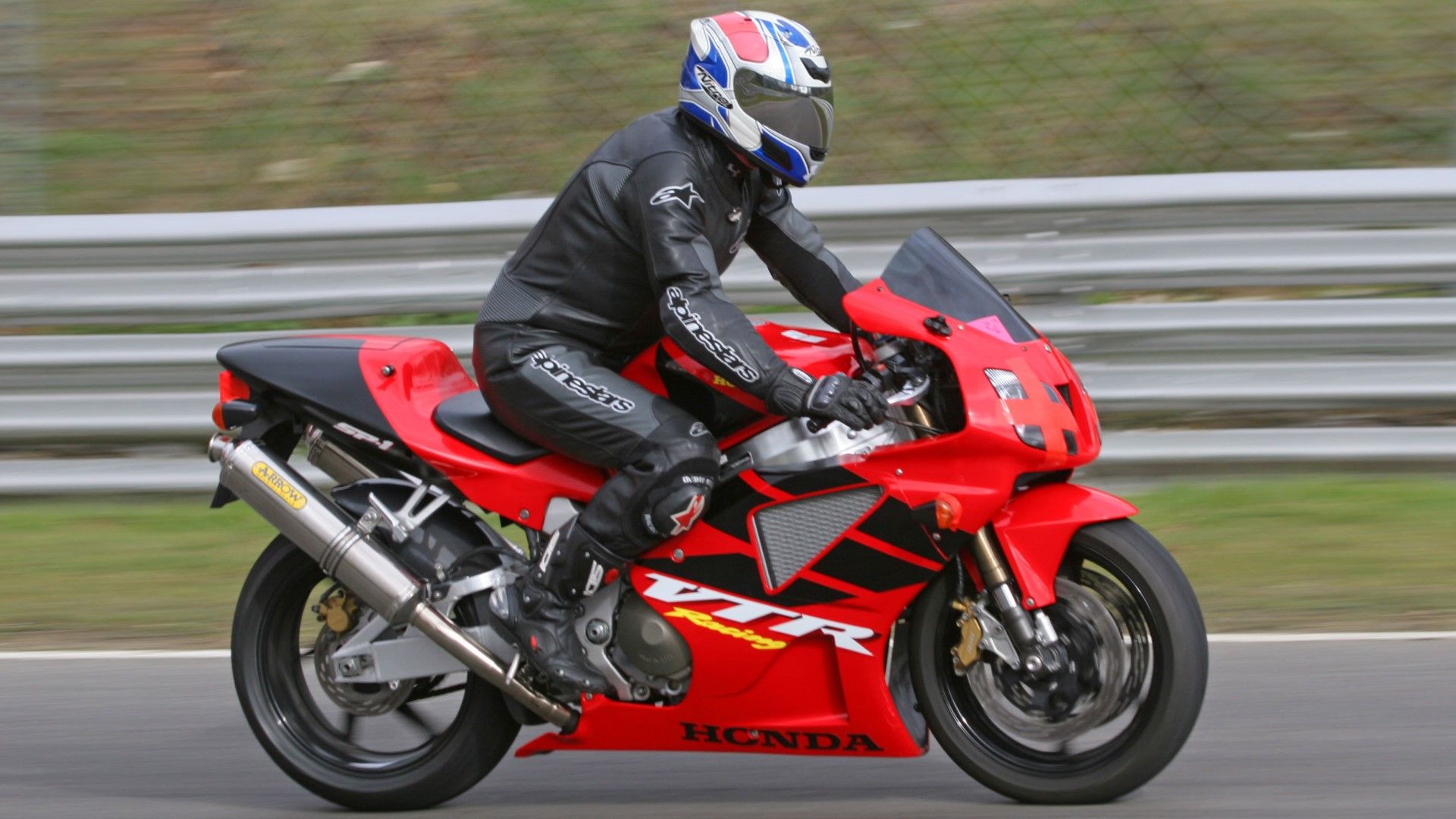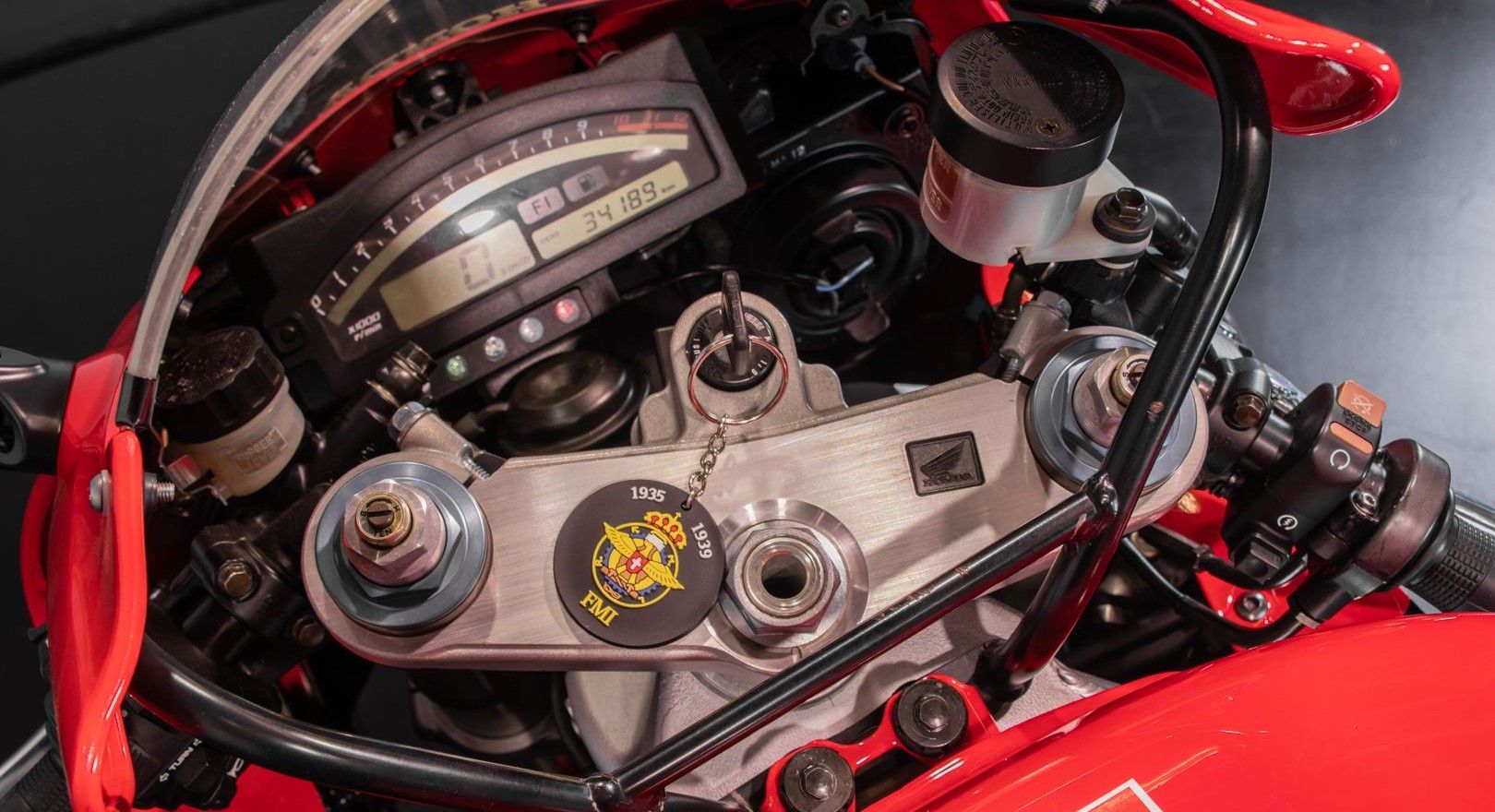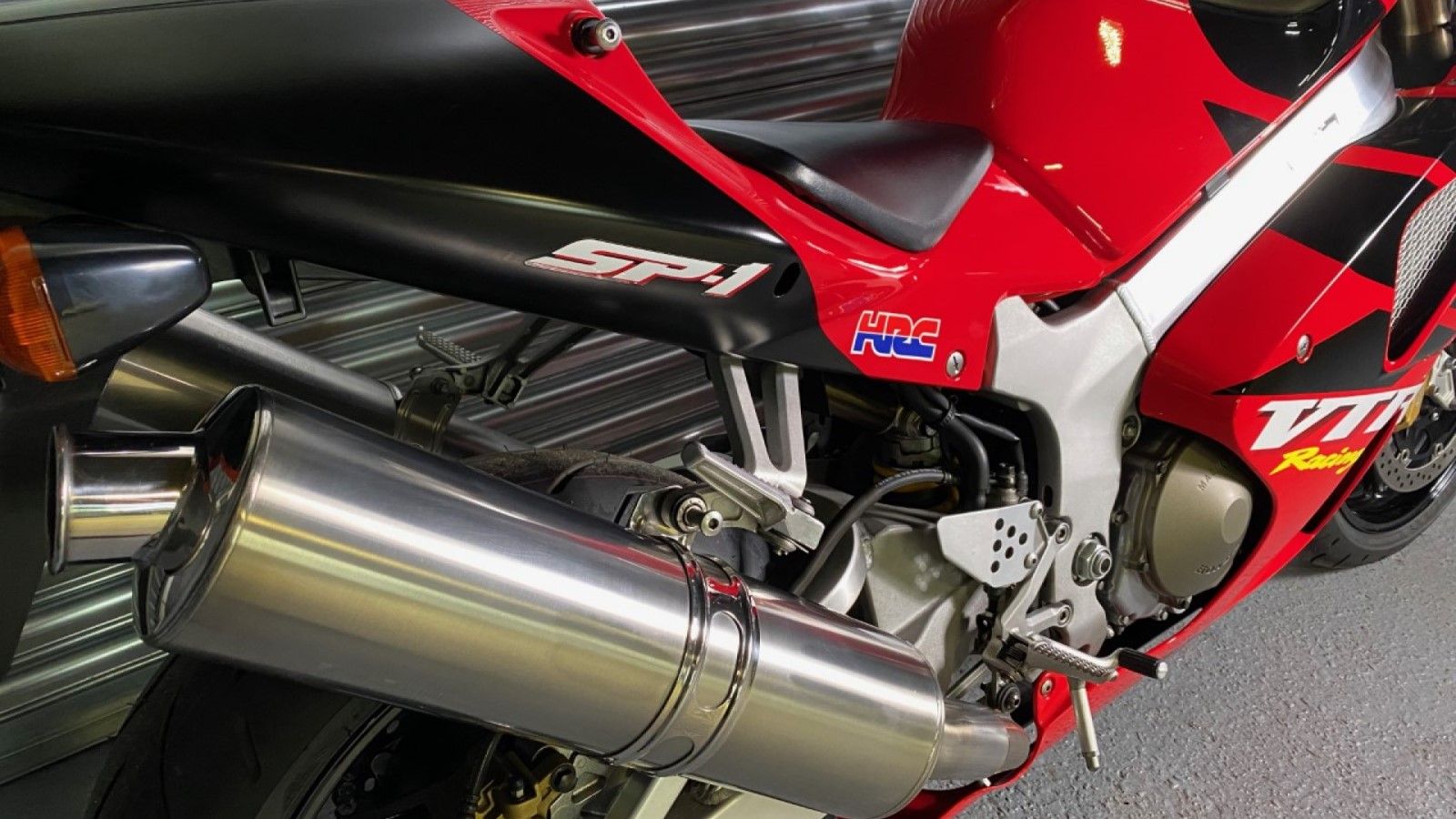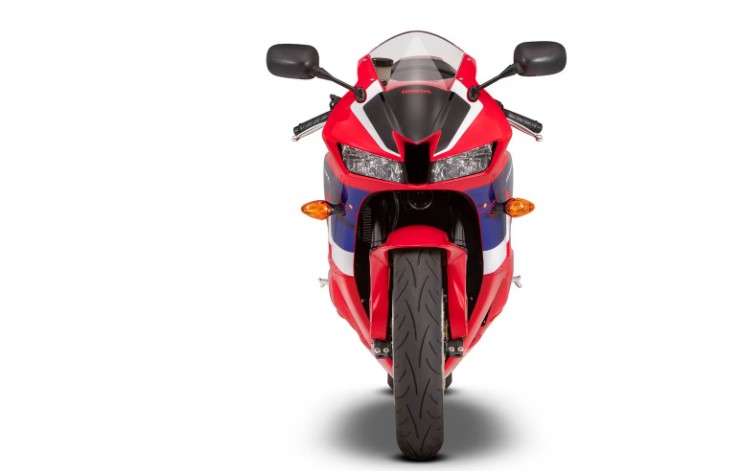The Honda VTR1000, particularly the SP-1 and SP-2 variants, remains a legendary superbike from the early 2000s, celebrated for its performance and racing success. Here’s a comprehensive guide to consider before purchasing one:
V-Twin Experience
The VTR1000 offers a unique experience compared to other Honda models of its time. It’s characterized by its quality feel and purposeful nature, ideal for track riding.
The V-Twin engine delivers lazy torque, making it suitable for various riding conditions.
Honda VTR1000 SP-1 & SP-2 Specs
Both models feature a 996cc V-Twin engine with 136 hp and 77.4 lb-ft of torque.
The SP-1 weighs 432 lbs dry, while the SP-2 weighs 430 lbs.

Top speeds reach 170.8 mph for the SP-1 and 168.5 mph for the SP-2.
While the Superhawk served as Honda’s V-twin offering, the SP-1 and SP-2 were distinct race-focused machines.
The SP-1 introduced fuel injection and improved efficiency compared to the Superhawk.
HRC-Developed Race Bikes
The SP-1 and SP-2 represent the last road-going HRC-developed machines from Honda, embodying race-focused engineering.
Despite their racing pedigree, they were surprisingly affordable for the performance they offered.
The SP-1 and SP-2 were created to meet SBK championship homologation requirements.

They were more accessible to riders compared to other homologation specials, encouraging participation in racing events.
Not A Very Practical Everyday Sport Bike
Fuel efficiency wasn’t a strong point for the VTR1000 series, particularly the Superhawk.
While fuel injection improved efficiency, these bikes remain more suited for track and spirited riding than daily commuting.
Designed primarily for racing, comfort and daily usability are sacrificed for performance.
Excellent chassis and power delivery make them ideal for track use, though braking may require upgrading for modern standards.
Track Day Hero
Many VTR1000 bikes were used for racing, potentially leading to wear and tear.
Thorough inspections are crucial, as track use may result in hidden damage or compromised structural integrity.

Beat The Italians At Their Own Game
The SP-1 and SP-2 achieved significant success in the SBK championships, challenging Ducati’s dominance.
They offered an alternative to Italian superbikes while providing thrilling racing action.
The SP-1 and SP-2 were affordable when new, and their racing pedigree enhanced their value as collectibles.
Despite their racing history, they remain relatively affordable compared to other classic bikes.
These bikes represent a significant era in motorcycle racing history and are already considered classics.

As their rarity increases, their value as collectibles is expected to rise.
Honda’s reputation for reliability extends to the VTR1000 series, with owners rating them highly for build quality and durability.
Despite their age, well-maintained examples can still provide reliable performance.
Used Examples Are Affordable
Prices for used VTR1000 bikes range from $5,000 to $8,000, making them accessible to enthusiasts.
However, thorough inspections are essential due to their potential history of track use and wear.

The Honda VTR1000 SP-1 and SP-2 offer a unique blend of racing heritage, performance, and affordability. For enthusiasts seeking a piece of motorcycle history with track-ready capabilities, the VTR1000 remains a compelling choice.

